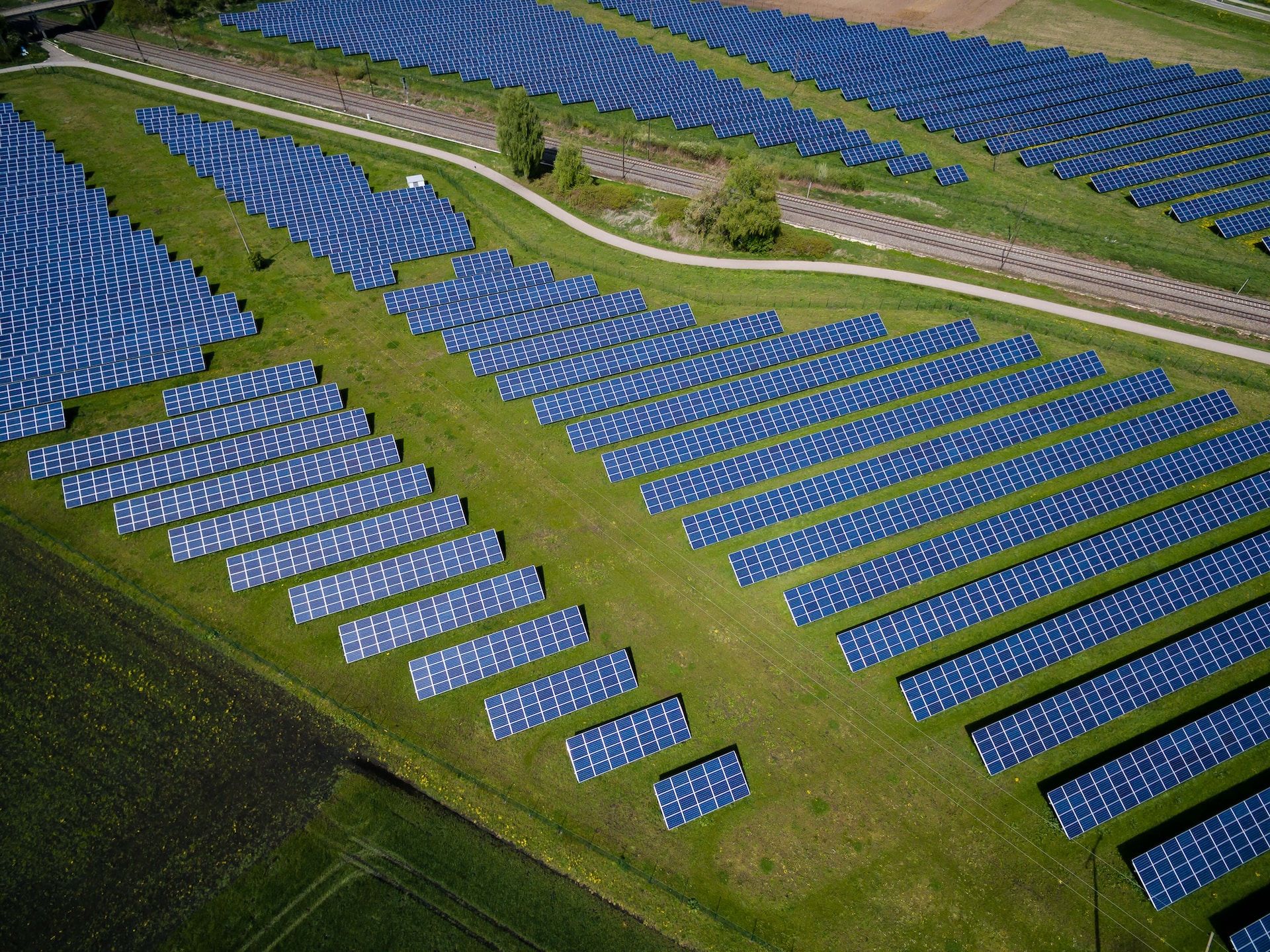Introduction
In today’s fast-paced world, the importance of clean and sustainable energy cannot be overstated. As concerns about climate change and environmental degradation continue to rise, initiatives aimed at promoting clean energy solutions have gained significant momentum. One such program that has been making waves is the Free Installation Clean Energy Program. In this article, we will delve into the details of this program and explore the question of who is funding it.
Understanding the Free Installation Clean Energy Program
What is the Free Installation Clean Energy Program?
The Free Installation Clean Energy Program is a forward-thinking initiative that aims to make the transition to clean energy more accessible and affordable for homeowners. The program offers eligible households the opportunity to have clean energy systems installed in their homes at no cost. This includes the installation of solar panels, energy-efficient appliances, and other renewable energy technologies.
The Benefits of the Free Installation Clean Energy Program
By participating in the Free Installation Clean Energy Program, homeowners can enjoy numerous benefits. Firstly, they can significantly reduce their carbon footprint and contribute to a cleaner environment. Secondly, by adopting clean energy solutions, homeowners can save on their energy bills in the long run. Additionally, the program helps stimulate local economies by creating jobs in the renewable energy sector.
Funding the Free Installation Clean Energy Program
Now, let’s address the question of who is funding the Free Installation Clean Energy Program. The program is primarily funded through a combination of public and private sources, with the aim of promoting widespread adoption of clean energy technologies. Let’s explore these funding sources in more detail:
1. Government Grants and Subsidies
Governments at various levels, including federal, state, and local, play a crucial role in supporting the Free Installation Clean Energy Program. They provide grants and subsidies to facilitate the installation of clean energy systems in residential properties. These government funds are often allocated as part of broader clean energy initiatives aimed at achieving sustainability targets and reducing greenhouse gas emissions.
2. Nonprofit Organizations
Numerous nonprofit organizations are actively involved in funding and supporting the Free Installation Clean Energy Program. These organizations focus on promoting renewable energy adoption and facilitating the transition to a more sustainable future. Through their fundraising efforts and partnerships with governmental and corporate entities, they contribute to the financial backing of the program.
3. Corporate Sponsorships
Forward-thinking corporations recognize the value of investing in clean energy and sustainability. Many companies provide financial support to the Free Installation Clean Energy Program as part of their corporate social responsibility initiatives. By funding the program, these corporations demonstrate their commitment to environmental stewardship and community welfare.
4. Energy Utility Companies
Energy utility companies also play a significant role in funding the Free Installation Clean Energy Program. These companies recognize the long-term benefits of promoting clean energy adoption and often allocate a portion of their revenue to support such initiatives. By investing in clean energy technologies, they contribute to reducing the reliance on fossil fuels and creating a more sustainable energy landscape.
Conclusion
The Free Installation Clean Energy Program offers an excellent opportunity for homeowners to embrace clean energy and contribute to a more sustainable future. Through a combination of government grants, nonprofit organizations, corporate sponsorships, and support from energy utility companies, the program receives the necessary funding to make clean energy systems accessible to households. By investing in clean energy technologies, we can collectively reduce our carbon footprint, save on energy costs, and pave the way for a greener world.




